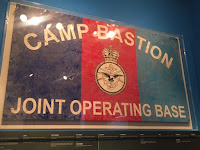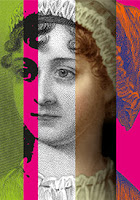Ravilious & Co: The Pattern of Friendship

Fabulous exhibition at the Towner Gallery in Eastbourne looking at the life and work of Eric Ravilious and the group of friends who grew up around him As the title of show suggests this was as much a show about friendship and loyalty as art although there were some fantastic pictures. The first room was a bit confusing as you seemed to be thrown into the middle of a group of people and ideas but it was enticing and got you asking questions which were then answered in subsequent rooms. I loved the section on Ravilious’s student years and the people he met at the Royal College of Art many of whom stayed with him throughout his life like Edward Bawden and Enid Marx. Other characters had fascinating stories such as Percy Horton who married Lydia Smith a suffrage who had been the fiancé of his best friend and fellow conscientious objector who died in prison. There was a charming section on life in a shared house in London with lovely portraits of many of the characters by P...























